This is my first question here so if I have done something wrong question-wise iI would like to know.
I am building a mini tractor with a small gasoline engine. I want to use a brushless DC motor from a drill as a generator. I don't have the motor yet, so I don't know the specs.
First I want to know how many volts you can expect to be generated at around 2000rpm. I looked into this and it seems I need to know the Kv (rpm/V I believe). Maybe someone has an indication of what this number is for a 500W drill?
I then have a second question. When I start the engine, the motor will start producing power. If I then connect a buck/boost converter based on the XL4015 and set the constant voltage to 13.8V, would the motor be able to charge a 12V lead-acid battery connected to the buck/boost converter, and how can I connect a second load which has priority over charging the battery to the buck/boost converter?
In the first image attached I show the set-up. In the second image I show how I think the second load should be added.
Is it true in the second picture that if I shut off the engine, the battery will stop charging and will supply power to the Arduino?

